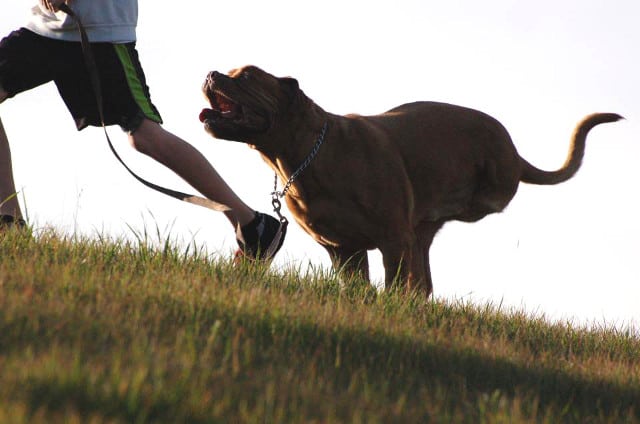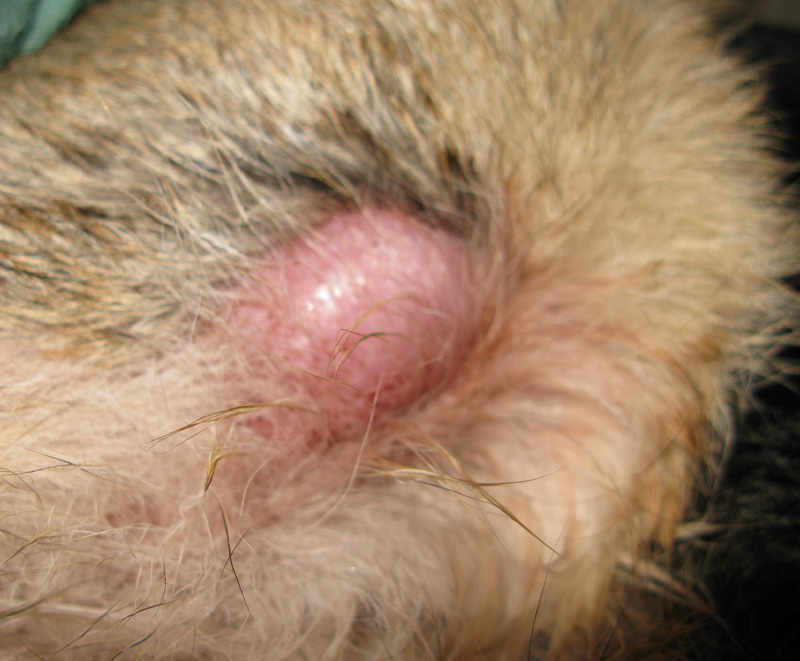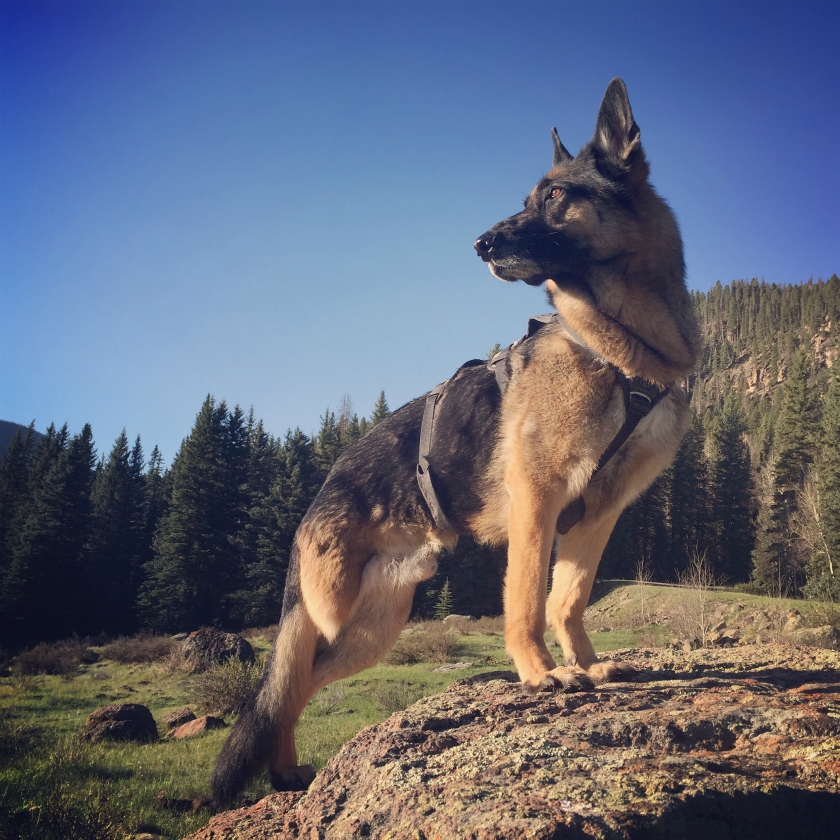Why do hind limb amputee dogs and cats get either a full or partial leg amputation? How to vets decide how much leg to amputate? Let’s look at the latest thinking about the surgery for rear leg Tripawds.
Veterinary Surgeons Rethink Full or Partial Leg Amputation for Dogs and Cats
Veterinary orthopedic surgery is an evolving science. For example, amputation pain management is far better than it was just 10 years ago. And this year, a new paper about the best type of hind leg amputation for dogs and cats is also changing how vets do this surgery.
A 2022 issue of Clinician’s Brief features a peer-reviewed paper about Canine Pelvic Limb Amputation. Written by four Ohio State University veterinary surgeons, it contains important information for veterinarians and pet parents alike. If your dog or cat is about to join our community, consider downloading this paper and reviewing the findings with your surgeon.
A Look at the Best Type of Hind Leg Amputation Techniques with Vet Surgeon Dr. Stephen Jones

Since we are not veterinarians, we reached out to one of the authors of this paper, Dr. Stephen Jones, MVB, MS, DACVS-SA, DECVS (Diplomate, American College of Veterinary Surgery – Small Animal and Diplomate of the European College of Veterinary Surgery).
When this paper was written, Dr. Jones was an assistant professor of small animal orthopedics at The Ohio State University. Today, he’s leader of the orthopedic pack at Bark City Veterinary Specialists in Park City, Utah. His special clinical interests include the management of cranial cruciate ligament rupture, arthroscopy, minimally invasive fracture repair, medical and surgical treatment of joint disease, and surgical management of angular limb deformities.
Dr. Jones kindly responded to our request to help us interpret the paper, so that pet parents like us can have a good conversation the best type of hind leg amputation for dogs and cats like ours. Here’s what he said about two of the findings in the paper that caught our eye:
Finding 1: A Full Rear Leg Amputation on Dogs and Cats is Best

We asked Dr. Jones to discuss the point that states: “The midfemoral amputation technique protects male genitalia with favorable cosmesis but can cause a greater likelihood of muscle atrophy and pressure sores.”
Since so many Tripawds have mid-femoral amputations, we wondered about his experience with dogs and cats who underwent this type of amputation. Here’s what Dr. Jones said about it:
“There are no studies on this specifically, that I am aware of. I have seen any dogs with mid-femoral amputations that do very well, clinically. However, I have also seen many dogs with this form of amputation where the dog continues to try to use the stump as a prop etc where it has lead to the development of pressure sores and the necessity for more surgery.
The Problem with Midfemoral Amputations on Dogs

Over time the muscle covering the femoral stump atrophies, as it is not being used. In some of these dogs, the stump can get damaged and it develops pressure sores. This can be very problematic because it is an extremely difficult area to appropriately bandage, when a sore does develop.
Furthermore, when a stump-sore develops, it is prone to getting infected due to the fact that the wound comes into direct contact with the ground. As you might imagine, treating infections with a femoral stump can be very challenging.”
Yes, a Partial Leg Amputation Can Have Challenges Over Time
We found this to be true in managing our Wyatt Ray’s amputation stump. He even had surgery on it once, to troubleshoot a scary lump that appeared. A few thousand dollars later, we discovered that bone wax used in his amputation to stop bleeding on the severed limb was working its way out!
Wyatt also had a scary pressure sore that we aspirated a few times in his life. It wasn’t cancer, just ongoing fluid build-up from banging his stump on the ground.

Finding #2: A Full Hind-Limb Amputation (Coxofemoral Disarticulation Amputation) is Predictable and Easy to Manage
Dr. Jones’ and his colleagues go on to say that a full hind limb amputation is best for many reasons. “Amputation by coxofemoral joint disarticulation, however, obviates the risk for delayed muscle atrophy and has favorable cosmesis,” they write. “This procedure provides a predictable outcome and reduces the likelihood of pressure sore development, thereby improving postoperative recovery and at-home incision management as compared with the midfemoral technique.”
Dr. Jones explains:
While a full hind-limb amputation (disarticulation at the hip joint) is technically harder to perform, problems with the stump are never something that needs to be dealt with when amputation is performed in this manner.
Additionally, in many instances the hind-limb amputation is being performed because of some form of cancer. Performing a full hind-limb amputation allows the removal of more tissue, increasing the chances that all of the cancerous cells in that limb are removed.
In my opinion, all of the advantages of performing a full hind-limb amputation (technically called a “coxofemoral disarticulation amputation”) greatly outweigh the potential benefits (such as protection of male genitalia in intact male dogs, and allowing some use of the stump) of a mid-shaft amputation.
What About Caring for a Full Leg Amputation Incision?
Is the incision for a full-leg amputation in a dog or cat harder to manage than a partial leg amputation incision? Dr. Jones says it is not, and kindly shared his perspective:
“The incisional care is essentially the exact same. Most of the time, our pets will not want to lie on that side for a few weeks, until the incision has fully healed. However, if the dog or cat did lie on that site in the early post-operative period, I’d be more concerned with a midfemoral given that the femoral stump may put pressure on the incision and this can cause problems. Luckily however, that is not typically an issue.”
We hope you found this information helpful. Share it with your vet, and ask Dr. Jones for another opinion if you’d like. Then create a plan to help your own Tripawds live their best life on three.
And stay tuned for next week, when we discuss changes in post-op care recommendations for amputation surgery.
 Join the forum discussion on this topic!
Join the forum discussion on this topic!
Thank you for sharing this information. We were blessed to have our vet explained and answer all our questions and concerns after our Pearl was diagnosed with a very agressive MCT on her foot. The surgeon suggested the foot had to go. After many tests, they detected the cancer in her knee lymph node. We all decided a full leg amputation was best. Pearl had her left hind leg amputated 3 weeks after we first discovered the tumor. It’s been almost a year and she’s still cancer free and thriving as a tripawd.
What a great story May, thank you for sharing. We are so glad she is doing well! Please feel free to send a Tripawd Tuesday story and we will share Pearl’s inspawrational journey with many others!
My Lawri had feline injection site fibrosarcoma of right rear leg. She had a complete amputation and radiation as well. She lived 11 more years, until nearly 17 yrs old. I’m convinced her outcome was positive because the surgeon and oncologist covered all the options. At first I was a bit shocked at how much was taken, but it saved her life.
Thank you for sharing Lawri’s story with us! She was such an amazing, inspirational kitty. What an honor to be part of your journey together, thank you.